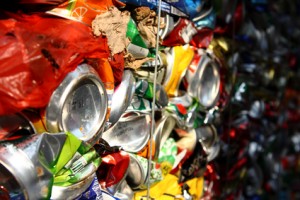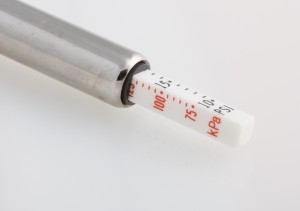This is a guest post by Geoffrey Torres. Torres works exclusively on hybrid and EV cars. He shares tips and ideas on how drivers can save money and energy by switching to alternatively fueled vehicles.
Green is more than a color, it’s a necessary lifestyle one that our planet depends upon to flourish into the future. Maintaining an eco-friendly way of life is as simple as enacting a few minor adjustments in your everyday living, and your health and bank account will be better for it. Think green, adhere to the following advice and the earth will thank you for it.
Driving Green
Installing green tires help the your wallet in numerous ways. Their unique design enables driving greater distances with less time spent filling up at the pump. Some manufacturers also produce tires with raw materials in lieu of petroleum. The Assurance Fuel Max, which you can find on a site like Goodyear tires from DiscountTire.com, is one such green tire that features low rolling resistance to boost fuel economy.
If you can’t afford to get a new set of tires, drivers can also take advantage of other techniques to greatly improve mileage. Every month, use a tire gauge to check the pressure of each tire, and pump it full of air if necessary to improve mileage by approximately three percent. Installing a new oxygen sensor can potentially boost mileage up to 15 percent, according to GoodHouseKeeping.com. Better yet, don’t drive at all. Walk or bike where you can or take advantage of public transportation.
Recycling
The U.S. is the king of waste production. According to Earth911, Americans throw away enough paper and plastic cups, forks, and spoons to circle the equator 300 times, every year. We easily dispose of objects after one use, oftentimes without even bothering to recycle. Since you all know how to recycle, here are some tips for properly recycling plastics, paper, and metal.
Plastics: Remove bottle caps from all plastic bottles. Their composition is different and can ruin an otherwise perfect load of recycling.
Paper: Never include paper plates or products contaminated with stains from your meal. Food waste can not be filtered out and will compromise the entire batch, according to GoodHouseKeeping.com. Metal, however, can be filtered. Stapled paper or spiral notebooks are recycle-ready.
Metal: Any scrap metal, wire hangers, foil and tins can and should be recycled as long as they are washed clean beforehand.
Unplug Appliances
Raise your hand if you have dozens of electronics and appliances plugged in 24 hours a day, seven days a week. Even when not in use, devices such as TVs and computers continue to suck up watt after watt of electricity, analogously named vampire energy. Begin to implement judicious use of electrical outlets. Unplug all idle appliances, with the exception of alarm clocks, DVRs and other devices that must remain connected to an outlet. Consider using power strips with a simple on/off switch to save you the hassle of unplugging and plugging each individual device or getting a smart plug that will automatically shut off power for things that are idle long enough. Eco-friendly devices like select cell phone chargers are another economical option they save energy by detecting when the phone is attached and completely halt energy use when the phone isn’t.








